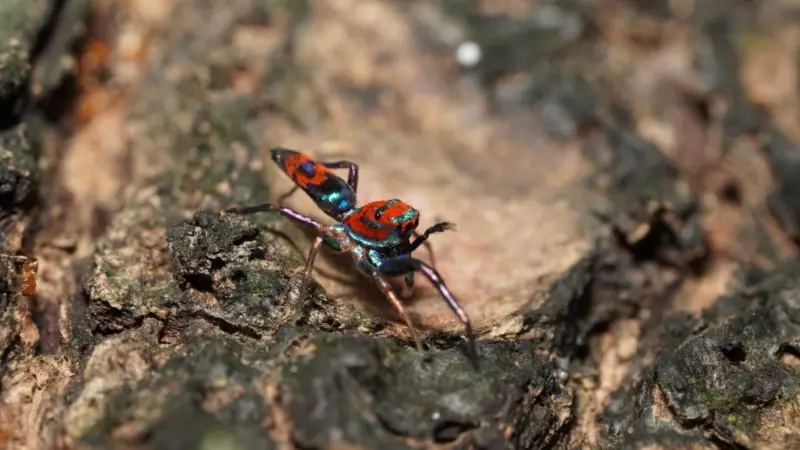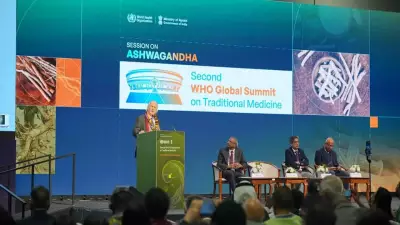
In a remarkable urban conservation movement, Pune is rewriting its relationship with one of nature's most misunderstood creatures—spiders. What began as a small citizen science initiative has blossomed into a city-wide mission to document, understand, and protect these essential arachnids.
The Fear Transformation Project
For generations, spiders have been victims of immediate extermination in Indian households, driven by deep-seated fears and cultural misconceptions. The Pune Spider Watch initiative, spearheaded by passionate naturalists and researchers, is systematically dismantling this aversion through education and hands-on engagement.
"We're not just counting spiders—we're changing perceptions," explains one of the project coordinators. "When people learn that most spiders are harmless and crucial for controlling insect populations, their fear transforms into fascination."
Citizen Science in Action
The program operates through multiple innovative approaches:
- Spider Walks: Guided expeditions through urban parks and residential areas where participants learn to identify different species
- Documentation Drives: Citizens photograph and record spider sightings, contributing to a growing database
- Educational Workshops: Sessions explaining spider behavior, ecological importance, and identification techniques
- Online Platforms: Dedicated social media groups where enthusiasts share findings and seek expert identification
Surprising Urban Biodiversity
The findings have astonished even seasoned researchers. Pune's urban landscape hosts an incredible diversity of spiders, from common orb-weavers creating intricate webs to jumping spiders with their remarkable hunting techniques. The documentation efforts have revealed species previously unrecorded in the region, highlighting the rich biodiversity thriving within city limits.
"Every corner of Pune, from high-rise buildings to roadside shrubs, hosts unique spider species," notes a participating researcher. "We've documented everything from tiny money spiders to large tarantula relatives, each playing a specific role in our urban ecosystem."
Beyond Documentation: Ecological Impact
The initiative's significance extends far beyond academic interest. Spiders serve as natural pest controllers, reducing mosquito populations and agricultural pests without chemical interventions. Understanding their distribution patterns helps scientists monitor environmental health and climate change impacts.
The project has created ripple effects across communities:
- Schools incorporating spider education into their curriculum
- Residential societies adopting spider-friendly gardening practices
- Local authorities recognizing spiders' role in urban pest management
- Families reconsidering their immediate reflex to kill household spiders
A Model for Other Cities
Pune's success story offers a replicable model for other Indian cities grappling with similar wildlife perception challenges. The combination of scientific rigor and community engagement demonstrates how urban citizens can become active participants in conservation.
"We're proving that you don't need to visit remote forests to encounter fascinating wildlife," says a project founder. "Biodiversity is all around us, even in our concrete jungles. We just need to look closely and overcome our unwarranted fears."
As Pune continues to build India's most comprehensive urban spider database, the initiative stands as a testament to how citizen science can bridge the gap between urban development and ecological awareness, one spider at a time.





